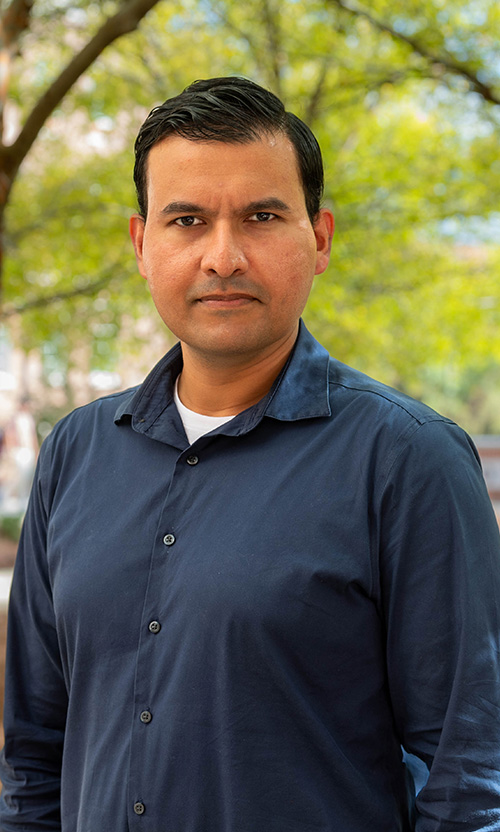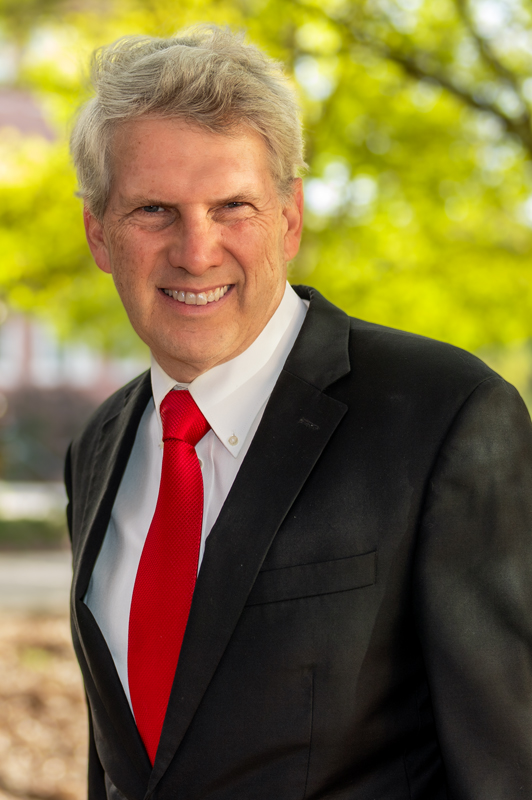Aerospace professors awarded NASA grant to study aircraft control characteristics
Published: Feb 22, 2019 3:30 PM
By Sylvia Masango
A pair of Auburn aerospace engineering professors has been awarded a grant by NASA as part of the Transformational Tools and Technologies (TTT) project of the Aeronautics Research Mission Directorate (ARMD).
Imon Chakraborty, assistant professor, and Roy Hartfield, the Walt and Virginia Woltosz Professor, were awarded the three-year, $540,000 grant as a collaborative effort between Auburn University and Research in Flight to help develop a framework that allows stability and control characteristics of advanced and novel aircraft concepts to be studied in greater detail earlier in the design process.
“We are very excited to have the opportunity to work collaboratively with NASA Langley Research Center on this project, in which we will develop tools aimed at analyzing the next generation of advanced flight vehicles,” Chakraborty said. “These aircraft will herald a paradigm shift in efficiency and performance yet come with their own set of unique analysis challenges that we hope to be able to address.”
The potential benefits of advanced vehicle designs, such as blended wing bodies or aircraft using distributed propulsion systems and flow augmentation, have long been known. However, these designs have been slow to mature due to gaps that currently exist in the ability to reliably model and analyze them. Most currently existing design methods and tools are geared towards conventional fossil-fuel powered “tube-and-wing” type aircraft, and have limited applicability as more unconventional aircraft are being studied.
“These advanced concepts will exploit favorable coupling between aerodynamics and propulsion to such an extent that we will no longer be able to treat aerodynamics and propulsion separately,” Hartfield said. “Figuring out how to analyze these coupled aero-propulsive characteristics with sufficient fidelity while maintaining acceptable computational cost is one of our most challenging targets.”
This project will use and further refine a novel aerodynamic tool to capture the aero-propulsive characteristics of novel vehicle configurations in different modes of flight. These will then feed into a modular simulation framework that will be developed to analyze their corresponding flight dynamics. At the completion of the project, the team will also be able to analyze how novel flight vehicles behave in degraded scenarios (e.g., after systems failures) and how human operators interact with and control them.
Media Contact: , austinp@auburn.edu, 334-844-2444
Aerospace engineering professors Imon Chakraborty and Roy Hartfield



